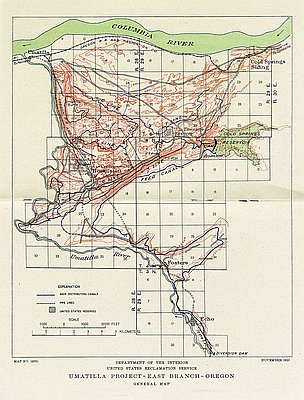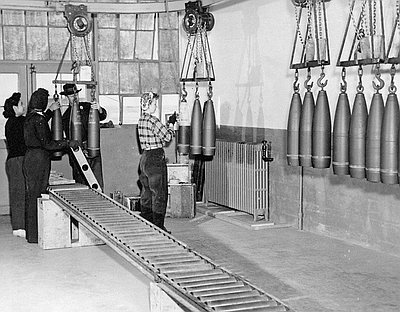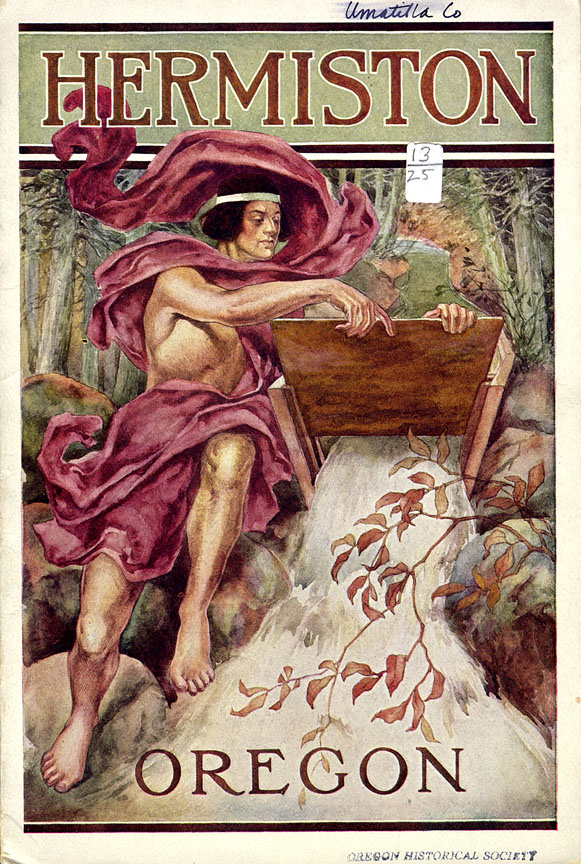- Catalog No. —
- Mss 6000
- Date —
- 1910
- Era —
- 1881-1920 (Industrialization and Progressive Reform)
- Themes —
- Agriculture and Ranching, Environment and Natural Resources, Geography and Places, Government, Law, and Politics
- Credits —
- Oregon Historical Society
- Regions —
- Northeast
- Author —
- Umatilla Project Development League
Promotional Brochure, Hermiston
Between 1906 and 1908, the federal government built the first part of the Umatilla Irrigation Project, a large-scale development to divert water from the Umatilla River to farmers’ fields in northern Umatilla County. A 26-mile-long canal brought the water to the Cold Springs Reservoir, where a series of outlet pipes and canals carried water to crops. The project was funded by the 1902 Reclamation Act, which established a government agency to implement irrigation and hydropower projects throughout the West. The Umatilla Project gave birth to the city of Hermiston, six miles south of the Columbia River, where the project was headquartered. By 1920, there were 20,000 acres of irrigated land in and near Hermiston. Farmers primarily grew grains, peas, and potatoes that they shipped to Portland markets on railroads and riverboats. The U.S. Census reported that farmers produced 11,341 acres of wheat in Umatilla County in 1900 and 41,487 acres in 1909. Between 1900 and 1920, the population of Umatilla County grew from 18,049 people to 25,946 people.
In 1941, the U.S. Army acquired nearly 100,000 acres of land near Hermiston, where workers built the Umatilla Ordnance Depot. As many as 7,000 workers moved to the area to construct and work at the depot. In 1962, the army began to store chemical weapons at the depot.
Written by Kathy Tucker, © Oregon Historical Society, 2002.
Related Historical Records
-
Umatilla Project Map, 1910
Between 1906 and 1908, the federal government built the first part of the Umatilla Irrigation Project, a large-scale development to divert water from the Umatilla River to farmers’ …

-
Workers at the Umatilla Ordnance Depot, 1943
This photograph shows workers at the U.S. Army’s Umatilla Ordnance Depot stenciling and inspecting 155-millimeter artillery shells. It was taken by an Oregon Journal photographer in April 1943. …

